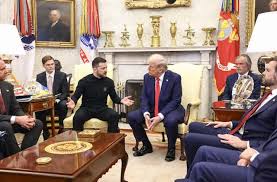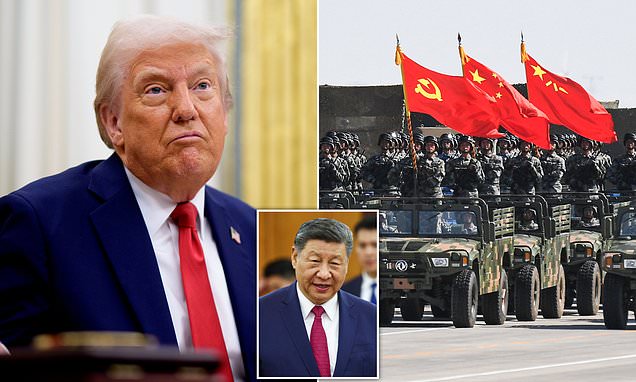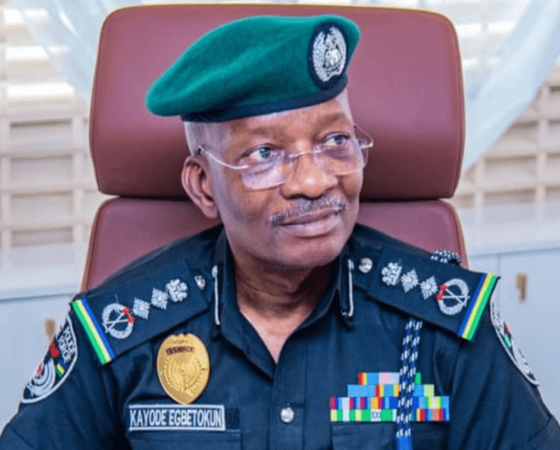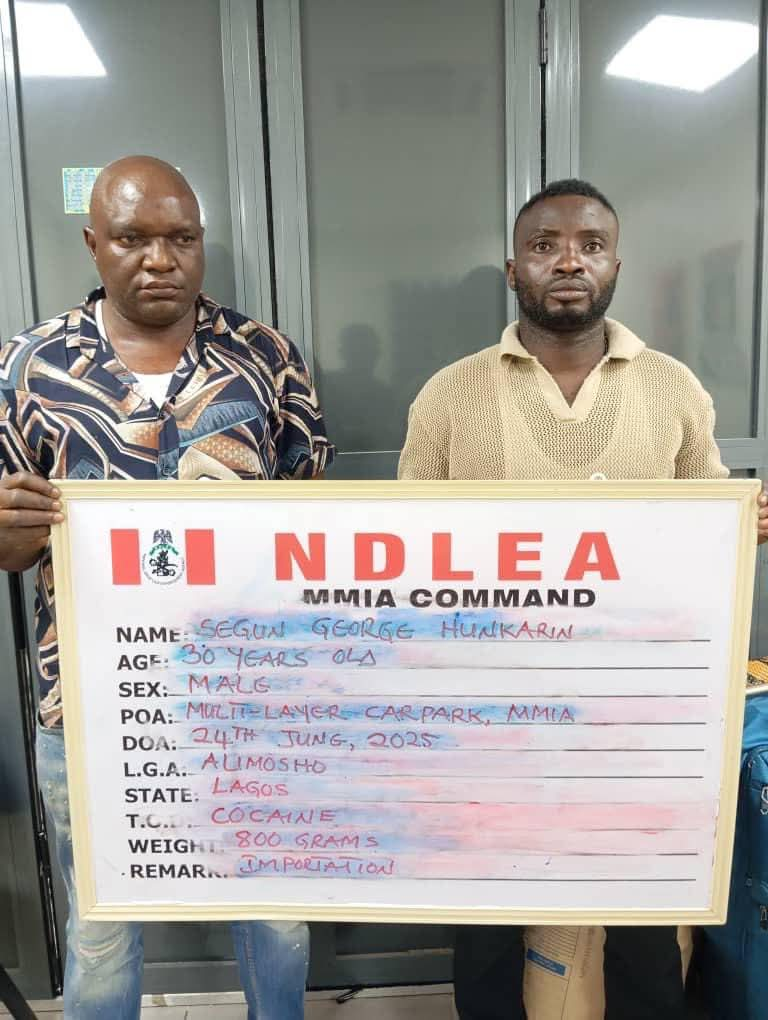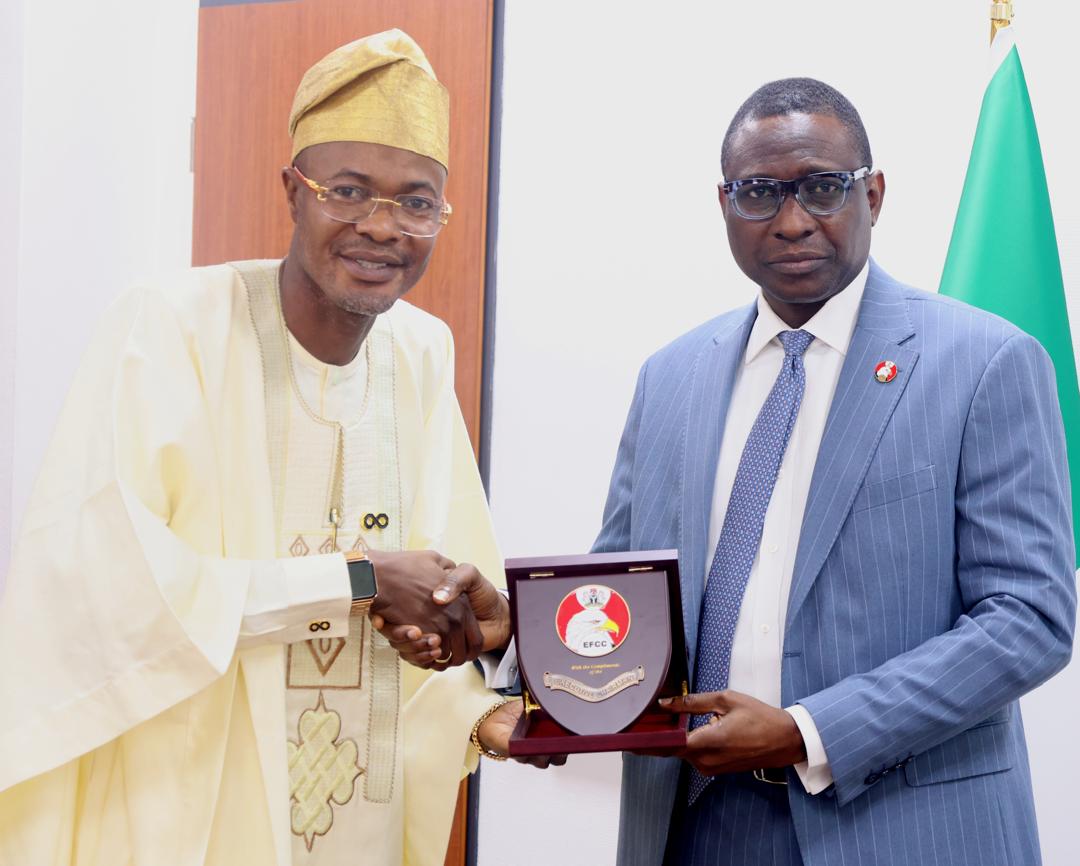On April 14, 2025, the White House issued a sharp rebuttal to Ukrainian President Volodymyr Zelensky’s critical remarks about U.S. Vice President JD Vance, labeling them as “counterproductive” to the goal of achieving peace in the ongoing Russia-Ukraine conflict. This development, reported by the Daily Mail, stems from a heated exchange that highlights the strained dynamics between the United States and Ukraine under the administration of President Donald Trump. The remarks follow a dramatic Oval Office confrontation in February 2025, where Zelensky clashed with both Trump and Vance over Ukraine’s approach to the war and its reliance on U.S. military aid. This article provides a comprehensive examination of the incident, its broader implications for U.S.-Ukraine relations, the role of Vice President JD Vance, the geopolitical context of the Russia-Ukraine war, and the potential consequences for global diplomacy.
Background of the Dispute
The Russia-Ukraine war, which began with Russia’s invasion in February 2022, has been a defining geopolitical crisis of the decade, reshaping international alliances and testing the resolve of Western democracies. Ukraine, led by President Volodymyr Zelensky, has relied heavily on military and financial support from the United States and its NATO allies to counter Russian aggression. By April 2025, the war had entered its fourth year, with no clear resolution in sight. The United States, under President Donald Trump’s second term, has adopted a more skeptical stance toward continued aid, with Trump and his administration emphasizing diplomacy with Russia as a means to end the conflict.
The tension between Zelensky and the Trump administration came to a head during a February 2025 Oval Office meeting, where Zelensky’s outspoken criticism of Trump’s diplomatic overtures toward Russian President Vladimir Putin sparked a public confrontation. Vice President JD Vance, a vocal advocate of Trump’s “America First” foreign policy, accused Zelensky of ingratitude for the substantial U.S. aid provided to Ukraine, reportedly telling him to “just say thank you” and refrain from litigating disputes in the American media. The exchange, which was televised, marked a low point in U.S.-Ukraine relations, with Zelensky leaving the White House early after being asked to do so by Trump’s advisors.
Zelensky’s subsequent comments on CBS’s 60 Minutes, where he accused Vance of “justifying Putin’s actions,” reignited the controversy. In response, Vance’s office, through spokesperson Van Kirk, issued a statement urging Zelensky to focus on achieving a peaceful resolution to the conflict rather than mischaracterizing the vice president’s rhetoric. “Instead of mischaracterizing Vice President Vance’s rhetoric, President Zelensky should be focused on bringing this conflict to a peaceful conclusion,” Van Kirk stated. “His comments are counterproductive to the goal of achieving peace for his country.” This sharp rebuke underscores the deepening rift between the two leaders and highlights the challenges of navigating U.S. foreign policy in a polarized global landscape.
The February 2025 Oval Office Showdown
The February 2025 Oval Office meeting was intended to coordinate a plan for peace in Ukraine, but it quickly descended into a public spectacle of acrimony. According to reports from the New York Times and the Daily Mail, the confrontation began when Zelensky interrupted Trump’s statements about the war, disputing the U.S. president’s characterization of the conflict and his diplomatic efforts with Russia. Zelensky insisted that Ukraine was the “victim” of Russian aggression, rejecting any narrative that sought to find a middle ground between the two sides. “I tried to explain, ‘You can’t look for something in the middle. There is an aggressor and there is a victim. The Russians are the aggressor, and we are the victim,’” Zelensky later recounted on 60 Minutes.
Vice President JD Vance, who was present at the meeting, took issue with Zelensky’s approach, accusing him of disrespect for attempting to “litigate” the issue in front of the American media. “Mr. President, with respect, I think it’s disrespectful for you to come into the Oval Office and try to litigate this in front of the American media,” Vance said, as reported by the Daily Mail. He further demanded that Zelensky express gratitude for U.S. support, stating, “Just say thank you. Accept that there are disagreements and let’s go litigate those disagreements rather than trying to fight it out in the American media when you’re wrong.” Trump echoed Vance’s sentiments, warning Zelensky that he was “gambling with World War III” and that Ukraine was “not in a good position” to dictate terms. The exchange culminated in Trump telling Zelensky, “You’re either going to make a deal or we’re out,” signaling a potential reduction in U.S. support if Ukraine did not align with his diplomatic strategy.
The fallout from the meeting was immediate. U.S. military aid to Ukraine was temporarily halted, prompting panic in European capitals and criticism from U.S. lawmakers like Senator Lindsey Graham, who suggested that Zelensky consider stepping down. The incident underscored Trump’s shift in foreign policy, moving away from unconditional support for Ukraine toward a strategy that prioritizes negotiations with Russia. Zelensky’s refusal to back down, coupled with his public criticism of Trump and Vance, set the stage for the April 2025 controversy, where his remarks about Vance further strained bilateral relations.
Zelensky’s Critique and the White House Response
Zelensky’s comments on 60 Minutes reflect his frustration with the Trump administration’s approach to the Russia-Ukraine conflict. By accusing Vance of “justifying Putin’s actions,” Zelensky sought to challenge the narrative that the U.S. was seeking a balanced resolution. He argued that Trump and Vance were “parroting talking points from Russia,” particularly in their emphasis on diplomacy over continued military support. “It’s a shift in tone, a shift in reality, really yes, a shift in reality, and I don’t want to engage in the altered reality that is being presented to me,” Zelensky stated, as quoted by the Daily Mail. These remarks were seen as a direct rebuke of the Trump administration’s efforts to broker peace, which Zelensky viewed as undermining Ukraine’s position as the victim of Russian aggression.
The White House, through Vance’s office, responded swiftly, framing Zelensky’s comments as detrimental to the goal of peace. The statement from Van Kirk emphasized that Zelensky’s focus on criticizing Vance was a distraction from the urgent need to resolve the conflict. This response aligns with the broader Trump administration narrative, which has sought to position the U.S. as a neutral mediator rather than an unwavering supporter of Ukraine. Trump himself has repeatedly blamed former President Joe Biden for allowing the war to start, arguing that his own presidency would have prevented the conflict through stronger deterrence.
The exchange highlights a fundamental disagreement over the path to peace. Zelensky has consistently advocated for a resolution that prioritizes Ukraine’s territorial integrity and sovereignty, rejecting any concessions to Russia. Trump and Vance, however, have pushed for a negotiated settlement that could involve territorial compromises, such as ceding parts of eastern Ukraine to Russia in exchange for security guarantees. This divergence in approach has created a significant rift, with Zelensky’s outspokenness clashing with the Trump administration’s preference for diplomatic flexibility.
The Role of JD Vance in U.S. Foreign Policy
Vice President JD Vance has emerged as a key figure in shaping the Trump administration’s foreign policy, particularly with regard to Ukraine. A vocal proponent of the “America First” agenda, Vance has consistently expressed skepticism about the U.S.’s extensive involvement in foreign conflicts, arguing that resources should be prioritized for domestic issues. His criticism of Zelensky during the February 2025 meeting and his subsequent defense of Trump’s diplomatic efforts reflect this stance. Vance’s demand for gratitude from Zelensky underscores his belief that U.S. aid comes with expectations of alignment with American priorities.
Vance’s role extends beyond rhetoric. He has been tasked with coordinating efforts to facilitate a potential summit between Zelensky and Russian President Vladimir Putin, alongside Secretary of State Marco Rubio and special envoy Steve Witkoff. This responsibility places Vance at the center of one of the most complex diplomatic challenges of Trump’s second term. However, his confrontational approach to Zelensky has drawn criticism from some quarters, with analysts arguing that his insistence on gratitude risks alienating a key ally in the fight against Russian aggression.
Vance’s broader worldview, as articulated in interviews and public statements, emphasizes a pragmatic approach to foreign policy. In an August 2025 interview with Fox News, he described Putin as “soft-spoken” and “deliberate,” challenging the media’s portrayal of the Russian leader as a ruthless dictator. While Vance’s comments were intended to highlight the need for diplomatic engagement, they were seized upon by Zelensky as evidence of the Trump administration’s willingness to accommodate Russia’s interests. This perception has fueled tensions, with Zelensky accusing Vance of aligning too closely with Putin’s narrative.
Geopolitical Context and Implications
The dispute between Zelensky and the Trump administration must be viewed within the broader context of the Russia-Ukraine war and its implications for global security. By April 2025, the conflict had reached a critical juncture, with Russia continuing its military advances in eastern Ukraine and Ukraine struggling to maintain its defensive lines. The war has exacted a heavy toll, with tens of thousands of casualties and widespread destruction in Ukraine. The international community, led by NATO and the European Union, has provided billions of dollars in aid to Ukraine, but Trump’s return to the White House has introduced uncertainty about the continuity of this support.
Trump’s foreign policy, as articulated during his 2024 campaign, emphasizes ending the war through negotiations rather than prolonged military engagement. This approach has been met with skepticism by European leaders, who fear that any deal involving territorial concessions could embolden Putin to pursue further aggression. The presence of European leaders like UK Prime Minister Keir Starmer, French President Emmanuel Macron, and German Chancellor Friedrich Merz at subsequent meetings with Zelensky in August 2025 reflects their efforts to counterbalance Trump’s influence and ensure that Ukraine’s interests are not sidelined.
The White House’s response to Zelensky’s criticism also highlights the delicate balance of U.S. foreign policy under Trump. While the administration seeks to project strength and assertiveness, it must navigate the expectations of allies who rely on U.S. leadership in countering Russian aggression. The temporary suspension of military aid to Ukraine following the February 2025 meeting was a stark reminder of Trump’s willingness to use aid as leverage, raising concerns about the reliability of U.S. commitments.
Broader Implications for U.S.-Ukraine Relations
The ongoing tensions between Zelensky and the Trump administration have significant implications for U.S.-Ukraine relations. The February 2025 Oval Office showdown and Zelensky’s subsequent criticism of Vance have eroded trust, complicating efforts to coordinate a unified strategy against Russia. The White House’s characterization of Zelensky’s remarks as “counterproductive” suggests a growing impatience with Ukraine’s leadership, particularly as Trump seeks to prioritize domestic issues and reduce U.S. involvement in foreign conflicts.
For Ukraine, the stakes are existential. Without sustained U.S. support, Kyiv faces the prospect of diminished military capabilities and increased vulnerability to Russian advances. Zelensky’s insistence on framing Ukraine as the victim reflects his determination to maintain international support, but it risks alienating a key ally in the Trump administration. The resignation of the U.S. Ambassador to Ukraine, Bridget Brink, following the February 2025 meeting underscores the depth of the diplomatic fallout, with Brink citing the need to “stand with democracies” against dictators.
The controversy also has domestic implications for the United States. Trump’s base, which includes a significant portion of voters skeptical of foreign aid, may view his tough stance on Zelensky as a fulfillment of his campaign promises to prioritize American interests. However, critics within the U.S., including some Republican lawmakers, argue that abandoning Ukraine could weaken the U.S.’s global standing and embolden authoritarian regimes like Russia and China.
Future Prospects and Diplomatic Efforts
Despite the tensions, there are signs of cautious optimism for a resolution to the Russia-Ukraine conflict. In August 2025, Trump hosted a summit with Zelensky and European leaders at the White House, marking a stark contrast to the February confrontation. During this meeting, Zelensky adopted a more conciliatory tone, thanking Trump repeatedly and presenting him with a golf club as a gesture of goodwill. The summit paved the way for discussions about a potential meeting between Zelensky and Putin, mediated by Trump, with locations such as Geneva and Budapest under consideration.
However, challenges remain. Russia’s continued military actions, including a massive drone and missile attack on Kyiv in August 2025, have undermined hopes for an early ceasefire. Zelensky’s insistence on rejecting territorial concessions, particularly in the Donbas region and Crimea, clashes with Trump’s push for a negotiated settlement that could involve land swaps and NATO-like security guarantees for Ukraine. European leaders, wary of Trump’s approach, have emphasized that any peace deal must include Ukraine at the negotiating table, with UK Prime Minister Keir Starmer advocating for an “irreversible path” to NATO membership for Ukraine.
Conclusion
The White House’s response to Zelensky’s criticism of JD Vance reflects the complex and often contentious dynamics of U.S.-Ukraine relations under the Trump administration. The February 2025 Oval Office showdown, coupled with Zelensky’s subsequent remarks, has exposed deep divisions over the approach to the Russia-Ukraine war. While Trump and Vance advocate for a diplomatic resolution that could involve concessions to Russia, Zelensky remains steadfast in his defense of Ukraine’s sovereignty, creating a challenging environment for cooperation.
The broader implications of this dispute extend beyond bilateral relations, affecting global alliances, U.S. foreign policy credibility, and the trajectory of the Russia-Ukraine conflict. As diplomatic efforts continue, with Trump pushing for a summit between Zelensky and Putin, the world watches closely to see whether these tensions can be resolved or if they will further complicate the path to peace. For now, the rift between Zelensky and the Trump administration underscores the delicate balance of power, trust, and diplomacy in one of the most critical geopolitical crises of our time.


